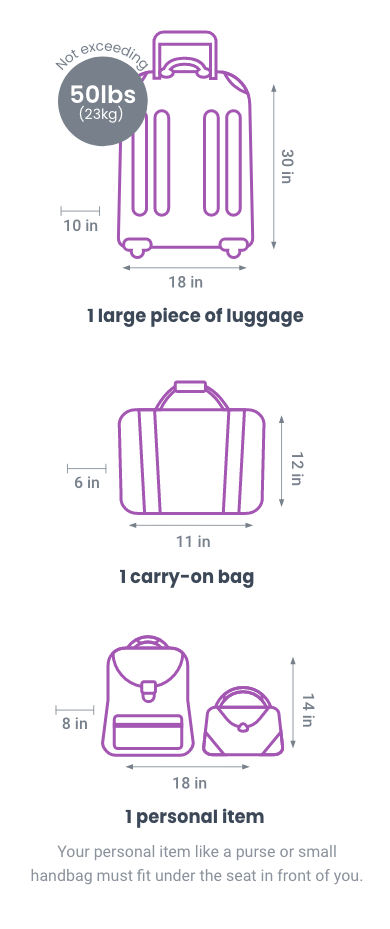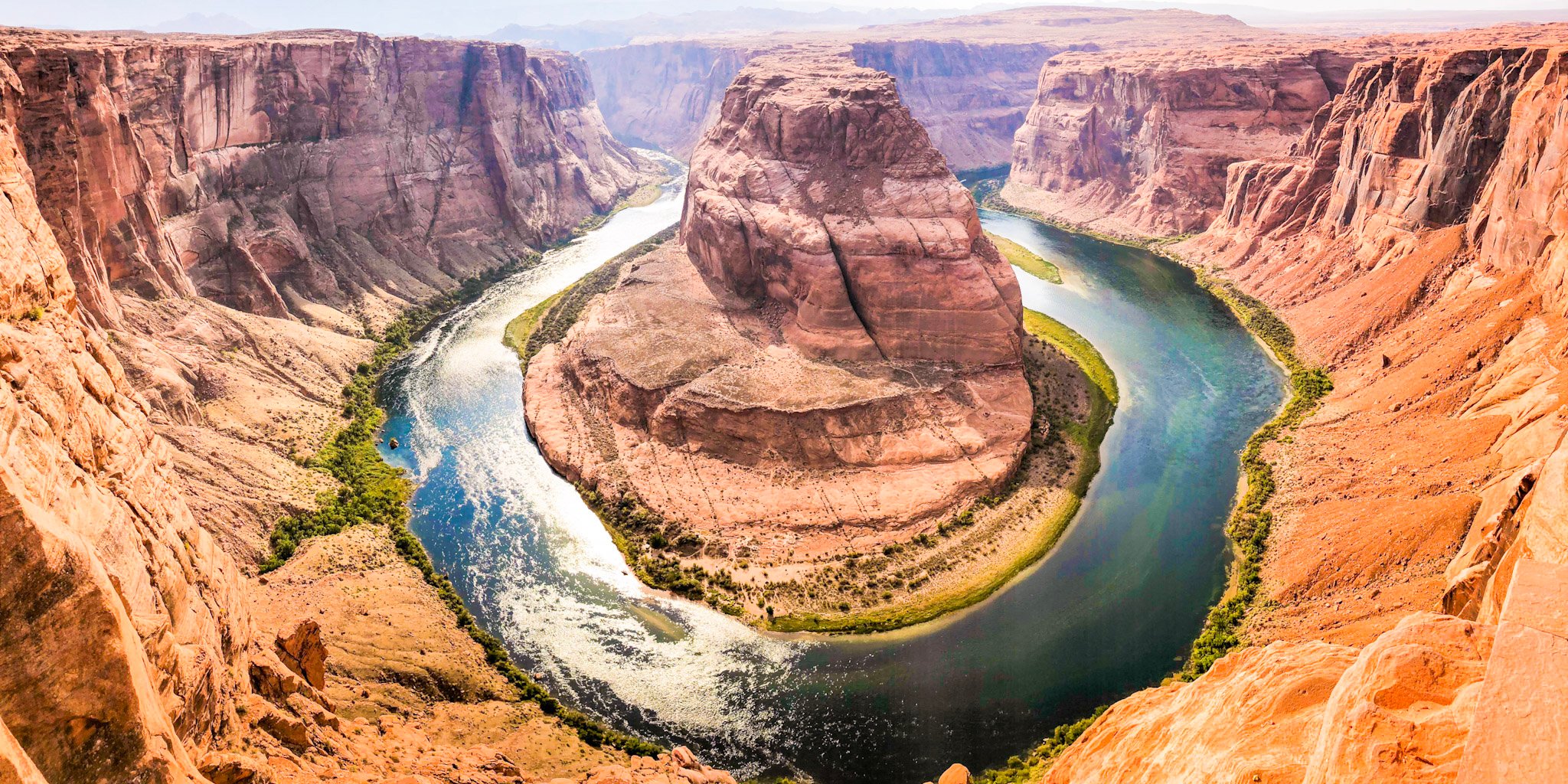About Camping in the Southwest
Overview
The southwest United States is an expansive area that boasts unique and spectacular geological formations and landscapes. Most notably, the Grand Canyon formed millions of years ago through erosion of the Colorado River, is the best example of showcasing the scale and beauty of these rock formations. 277 miles long, 18 miles wide, and over a mile deep, this natural wonder is a bucket list destination. The canyons in the region do not end there though. Other cliffs and canyons in the region may not be as large but they certainly are no less magnificent. Zion National Park’s rainbow-colored rock layers, deep and twisting canyons and slot canyons are equally beautiful and Bryce Canyon’s massive collection of hoodoos make this area of the United States a do not miss location.
For camping itineraries, please note, this is a participatory camping trip, where all travelers will assist in setting up camp and cooking meals. Guides will teach you the best methods for quick set up and take down of tents and will lead the cooking, providing clear instructions and oversight. If you’ve never set up camp or cooked outdoors before, this is the perfect opportunity to learn under expert supervision!
Hiking activities in Grand Canyon National Park and Zion National Park will be self-guided. Guides will be on hand before to answer all questions and make sure you have a solid plan of adventure, but will not be with you in the parks.
Closest Major City: Grand Canyon Village - Bryce Canyon City - Zion
Time Zone: Pacific Standard Time (GMT -7)
Emergency Number: 911
Outlet: Types A/B
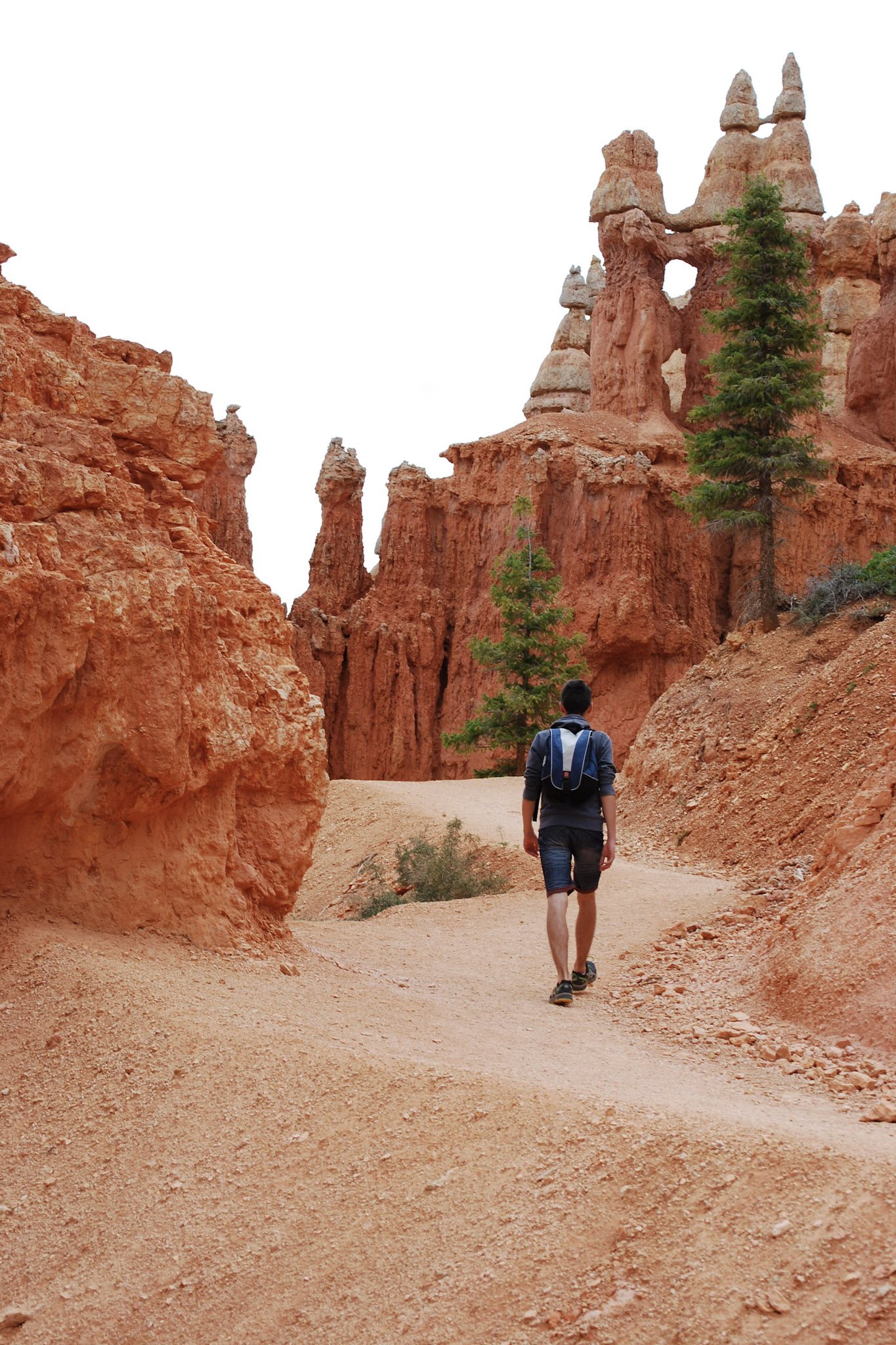
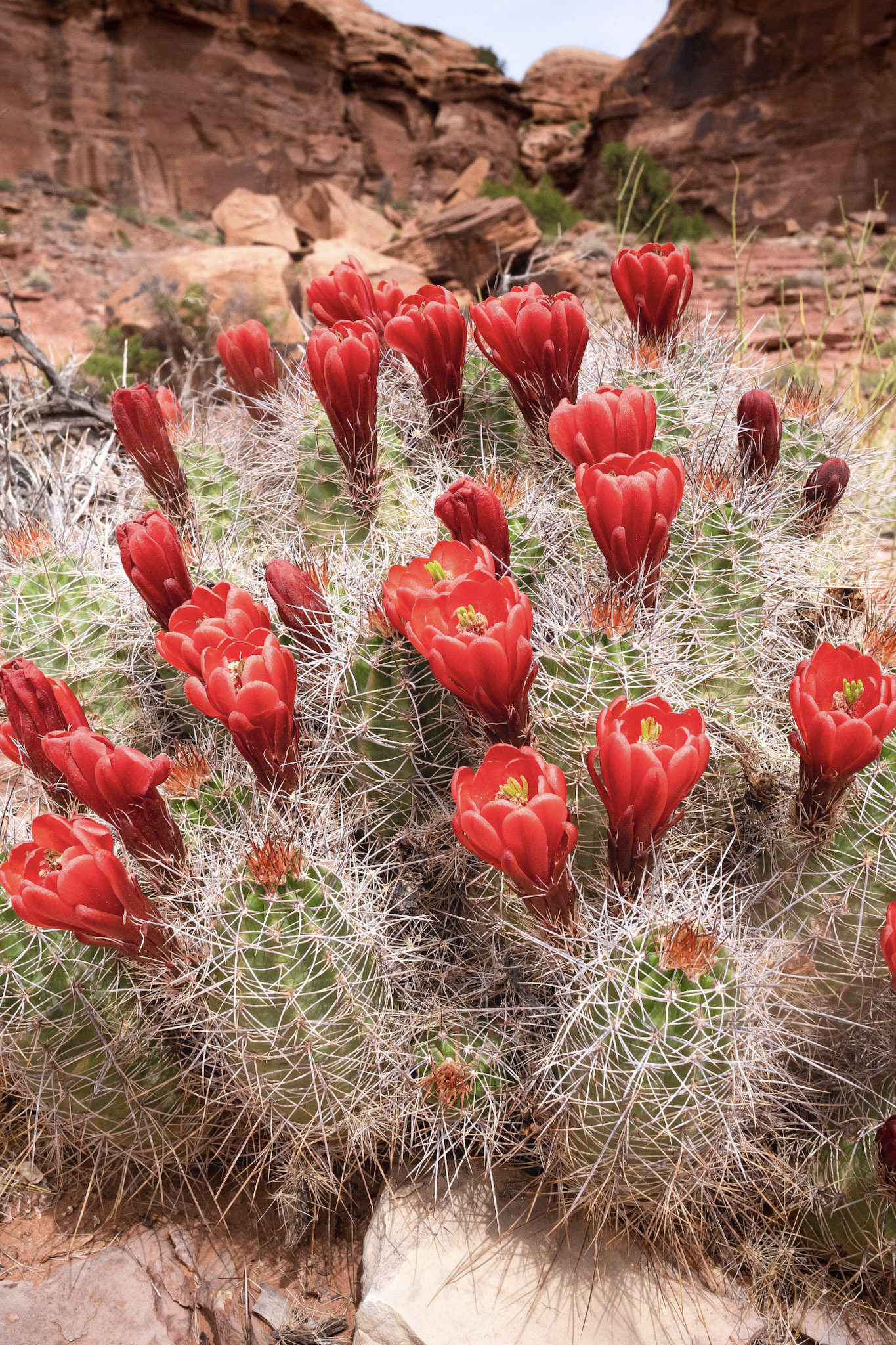
Packing List
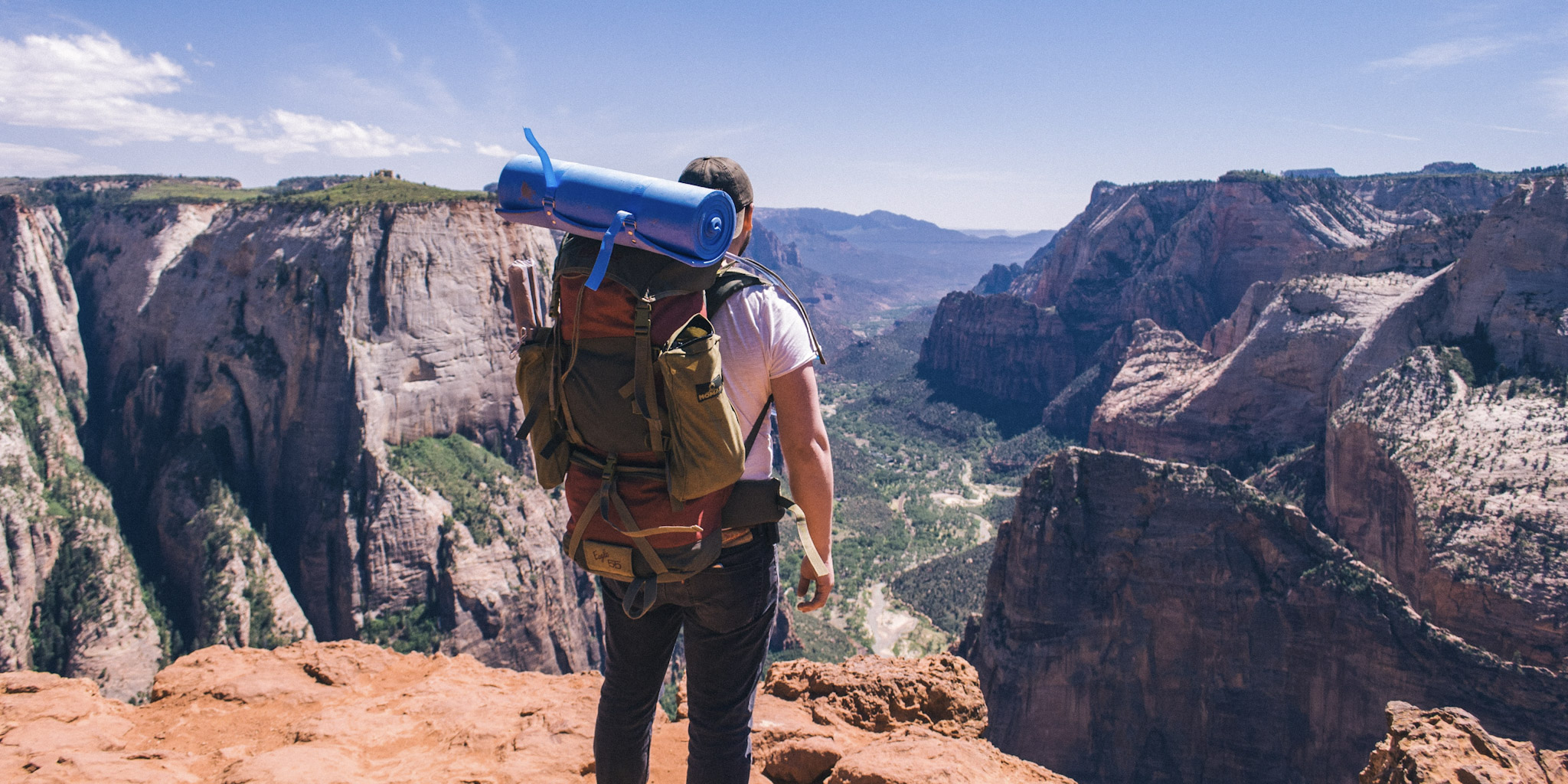
Training Ideas
If you have access to hiking trails and a schedule to accommodate it begin walking and hiking in hilly/steep terrain. Nothing prepares you for a backpacking trip better than the activity itself! Try to get out at least 3 days a week. Start with short hikes (1-hour in length) with a light daypack. From week to week build the length and difficulty of your hikes and gradually increase your pack weight until you’re comfortably able to hike 6-8 hours a day carrying the weight you’ll have on your trip (refer to your trip packet for exact pack weight). It is ideal to begin your training at least 12 weeks prior to your trip. Also, be sure to use the boots you’ll have on your trip to break them in. The following is how a moderate program may look:
- First week of training
- Tuesday: one-hour hike with a daypack
- Thursday: one-hour hike with a daypack
- Sunday: 2-hour hike with a daypack
- Two weeks before the trip
- Monday: 3.5-hour hike with a 20-pound pack
- Wednesday: 2-hour hike with a 20- pound daypack
- Thursday: 3.5-hour hike with a 20-pound pack
- Sunday: 7-hour hike with the weight you’ll have on your trip
There are many other activities that are easily incorporated into your daily life to build your overall fitness. Cross-training is also important to strengthen opposing muscle groups and it helps to avoid over-use injuries.
Supplemental training ideas include:
- Climb the stairs at your office, house, park, or neighborhood with a backpack. Stair climbing is a fantastic way to simulate backpacking in hilly or steep terrain.
- Bike to work or when running errands. Bike around town or on country roads outside of your town/city. Cycling is a great way to build endurance and strength in your legs.
- Gym activities include step aerobics, treadmill, bicycling, or elliptical trainers to name a few. A modest weight training program focusing on the muscles that support the ankles, knees, back, and shoulders is also beneficial.
- Swimming is a great way to build endurance and cardiovascular fitness and is easy on the joints.
- Walk to work instead of driving. Run your errands by walking and carrying your groceries home in a backpack.
- Yoga and/or Pilates classes can build strength throughout your body while also improving your flexibility.
- Intramural sports.
- Jogging is another option, however, if you are not a regular runner it can easily lead to injuries that backpacking may then exacerbate. Undertake a jogging routine with care.
Tipping
Tipping Suggestions: Tips for Guides, drivers and restaurants are not included. Tips provide supplemental income, and, while not mandatory, are greatly appreciated. If the local teams have added to the experience, please reward them.
| Guides | USD $10-15 per person/per day | |
| Drivers | USD $3-4 per person/per day |
FAQ
Will I get access to water that is safe to drink? Yes, you will have clean drinking water provided at campgrounds in the mornings and at various times during the day. Please bring a water bottle that can carry 2 liters, or a Camelbak or similar.
Will I have a place to secure my bag? The van will be towing a small cargo carrier, which will be locked during the day and while in transit. You'll be able to store your luggage and valuables here.
Will there be flushing toilets? Private campgrounds offer flushing toilets and hot showers, some even offer laundry rooms and small stores for supplies. Remote or rustic campgrounds might only have pit toilets, but they make up for it with expansive silence and immersive natural experiences.
Will I be able to charge my phone/camera/etc? There may be outlets at certain campsites in public areas, but we highly suggest bringing a fully charged power bank or two to supplement this.
Do you recommend travel insurance? While not required, we highly recommend all travelers get travel insurance for their trip to protect themselves from the unknown! Check out travel insurance options from our partner, worldnomads.com or from a provider of your choice.
How much should I pack? As we will be using shared transfers and spaces throughout our tour we recommend all travelers pack as lightly as possible. Please review our luggage restrictions below.
Will we have an experienced Guide? Your tour will be led by a trained, experienced professional with a solid guiding background, years of personal wilderness and hiking experience, medical certifications, and a passion for leading people into breathtaking landscapes. Important note: Guides are required to take 8 hours of each 24-hour period to sleep, recuperate, take personal/downtime/ etc. In addition, as part of the 8 hours off they must sleep/rest or be in their tents uninterrupted for a minimum of 5 hours each night. We ask guests to respect these requirements and not interrupt guides’ time off and sleep time unless there is a true (life-threatening) emergency.
Do you provide any gear? All camping gear except for sleeping bags and pillows will be provided. Our guides carry company-issued first aid kits, satellite phones (for emergencies only) and epinephrine kits (for allergic emergencies).
Can I use a cot instead of a sleeping pad if I bring it? In general, the tents our partners use cannot accommodate a cot. If you have a genuine medical need, please get in touch and we will endeavor to find a solution.
What about Wifi? Wifi and cell service are usually non-existent or very limited at the campgrounds. Some campgrounds may offer/advertise free wifi, although it's usually pretty unreliable.
What facilities are available? Please be aware that not all campsites have shower facilities. If that is the case, your Guide will take the group to a place to shower. Please have cash or spare change on hand as you may need to purchase shower tokens.
Luggage Restrictions
.jpg)
